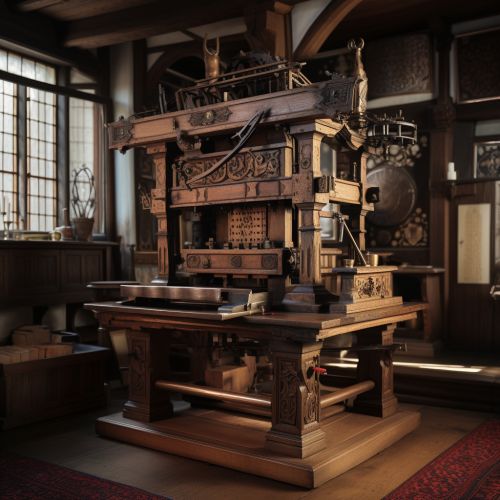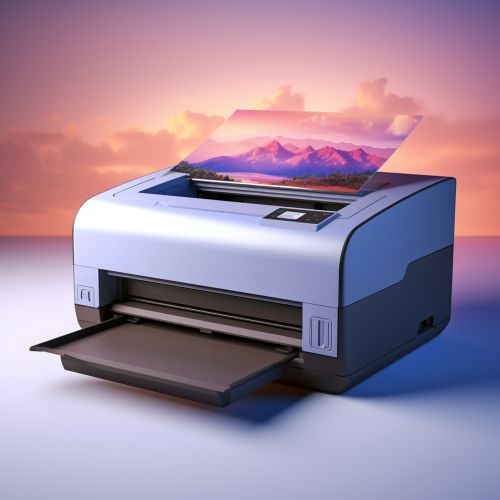History of printing
Origins of Printing
Printing, in its most basic form, can be traced back to ancient Mesopotamia, where cylinder seals were used to create an impression on clay tablets. This early form of printing was used primarily for administrative purposes and is considered the precursor to modern printing technology.


The first movable type system was developed in ancient China during the Han dynasty by Bi Sheng between 1041 and 1048. This system used ceramic materials, and each character was carved into a separate piece of clay. After the clay hardened, the pieces could be assembled in a frame to form a page of text.
Development of Printing in the Middle Ages
The development of printing technology took a significant leap forward in the Middle Ages with the invention of the printing press. This machine, invented by Johannes Gutenberg in the mid-15th century, used movable type made of metal instead of clay. The Gutenberg press, with its fast and efficient production of text, played a crucial role in the spread of literacy and the democratization of knowledge.


Industrial Revolution and the Advancement of Printing
The Industrial Revolution brought about significant advancements in printing technology. The invention of the steam-powered printing press by Friedrich Koenig and Andreas Bauer in 1812 greatly increased the speed and efficiency of printing. This was followed by the development of rotary printing press by Richard March Hoe in 1843, which further improved the speed of printing.
In the late 19th century, the development of the linotype machine by Ottmar Mergenthaler revolutionized the printing industry. The linotype machine allowed for the mechanical composition of whole lines of type, greatly increasing the speed of typesetting and printing.
20th Century and Beyond
The 20th century saw further advancements in printing technology with the invention of offset printing, phototypesetting, and digital printing. Offset printing, invented by Ira Washington Rubel in 1904, uses a flat (planographic) image carrier on which the image to be printed obtains ink from ink rollers, while the non-printing area attracts a film of water, keeping the non-printing areas ink-free.
Phototypesetting, a method of setting type, rendered in a photographic process, replaced hot metal typesetting during the 1960s and 1970s. In the late 20th century, digital printing emerged as the latest technology in the evolution of printing. Digital printing eliminates the need for a printing plate, which is used in offset printing, which can save money and time.


Impact of Printing
The impact of printing on society has been profound. The ability to reproduce text quickly and accurately led to the spread of literacy, the democratization of knowledge, and the spread of ideas. It played a crucial role in the Scientific Revolution and the Enlightenment, and continues to play a vital role in education and communication today.
